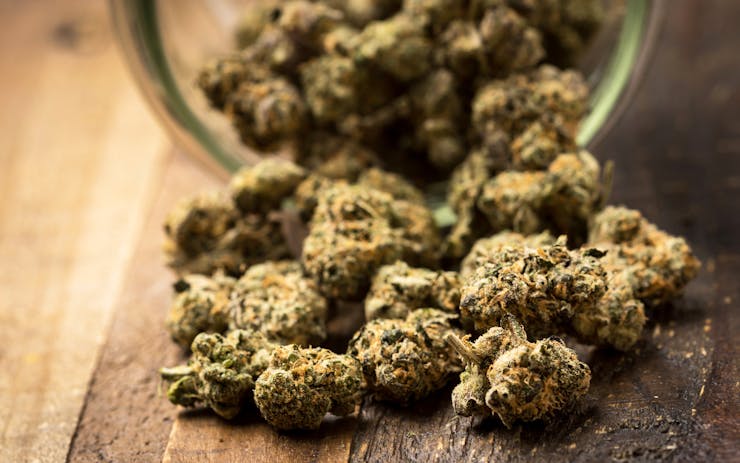Last month, the Ontario Cannabis Store issued a call for products, seeking cannabis and cannabis accessories to stock its shelves, and accepting submissions through May 2. The dmove reveals some details as to how cannabis will be sold in the province once it’s legalized.
The OCS product call requested that licensed producers submit a brand, brand logo, and short and long product descriptions.
The OCS, a wing of the government-run Liquor Control Board of Ontario, has the sole authority to sell non-medical cannabis in the province and is set to open up both a web-store and at least 40 brick-and-mortar stores across the province, with more stores coming later on.
The product call from the Ontario Cannabis Store requested that licensed producers submit a brand, brand logo, and short and long product descriptions,.
Missing from the product call, however is any requirement or field for licensed cannabis producers to indicate the kinds of effects that their submitted cannabis might produce. This likely means that the OCS will not mention a product’s effects when they start selling product online and in-store.
Licensed producers who submitted products for consideration were required to adhere to terms released by the OCS: Supply agreements are for a term of two years, there must be firm prices in effect for the term, the OCS has no commitment to purchase products, and payment will be made 60 days from receipt of the product.
The OCS also asks whether each product fits in the categories of Good, Better, and Best.
In the product call, the OCS asks whether each product fits in the categories of “Good” “Better” and “Best.” That means you might be able to ask the OCS for “top-tier” products, but this determination appears to be made by each individual producer.
Although, maybe not so fast. Leafly reached out to Canopy Growth’s Director of Communications, Jordan Sinclair, who believes that these rankings probably won’t be consumer-facing, and will instead mirror standard practice with alcohol. The classification system won’t go completely to waste, with Sinclair saying that “our read is that this is a tool store managers use to make sure they have an appropriate ratio of price points for people to choose from.”
Consumers wishing to make a determination with their cannabis purchasing will not be totally out of luck, as producers will be required to indicate whether each of their products is a sativa, indica, a hybrid, or a blend.
These categories have gained traction as casual shorthand for cannabis’ effects, with indica strains believed to bestow a physically and mentally sedating “body high,” with sativas delivering a more energetic and cerebral high. Hybrids, as you might have guessed, bring the best of both worlds.
However, these categories aren’t as prescriptive as previously believed. The cannabis plant contains hundreds of chemical compounds that create a unique harmony of effects, and some scientists say there’s little evidence in the chemical profiles of indicas and sativas that make one inherently sedating and the other uplifting.
A better measure of a particular cannabis strain’s effects is its chemical profile, which you can find in full at Leafly.com.
Full speed ahead, Ontario!





